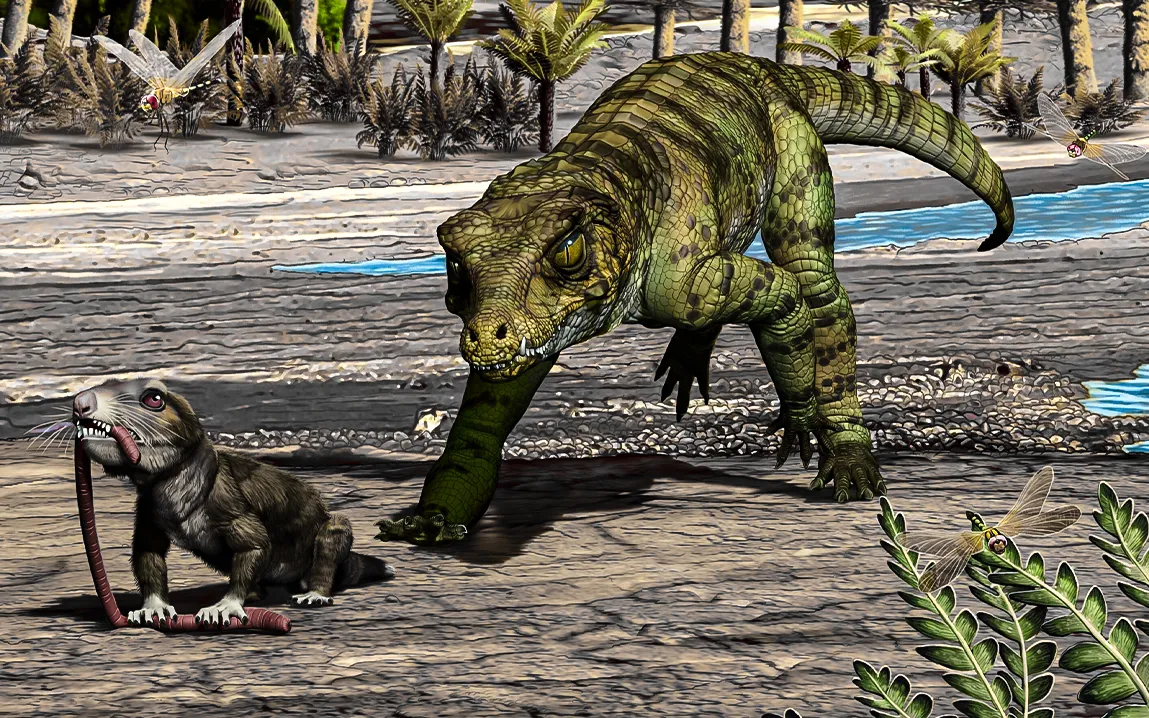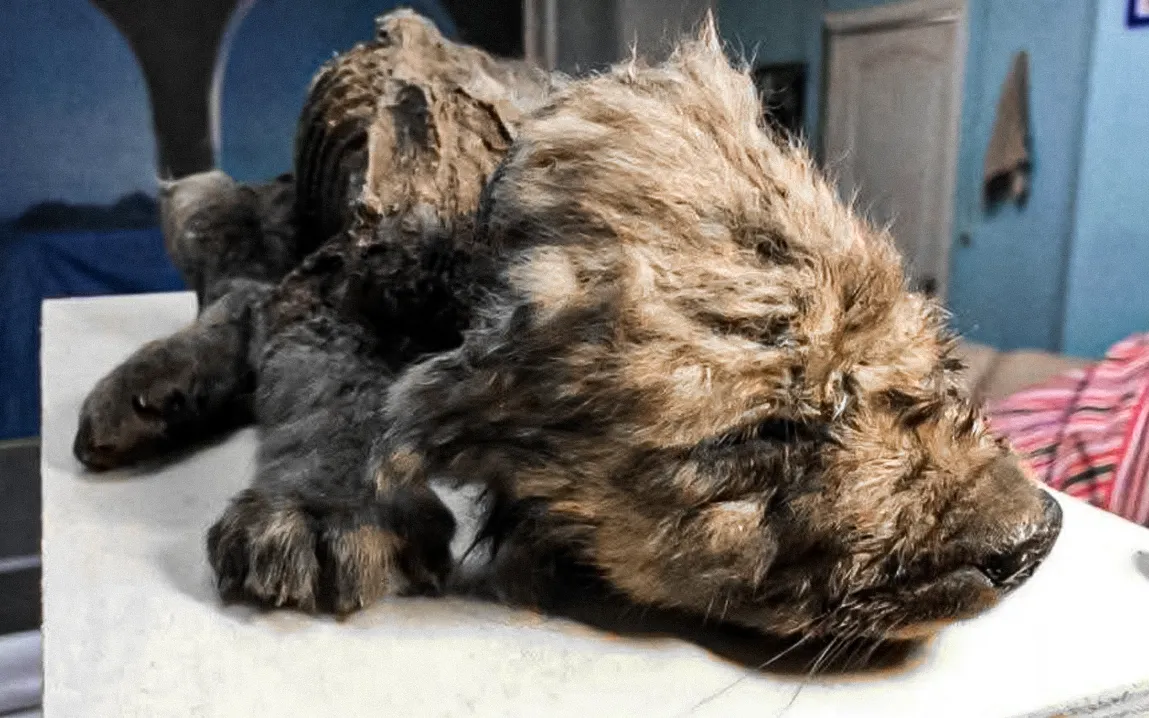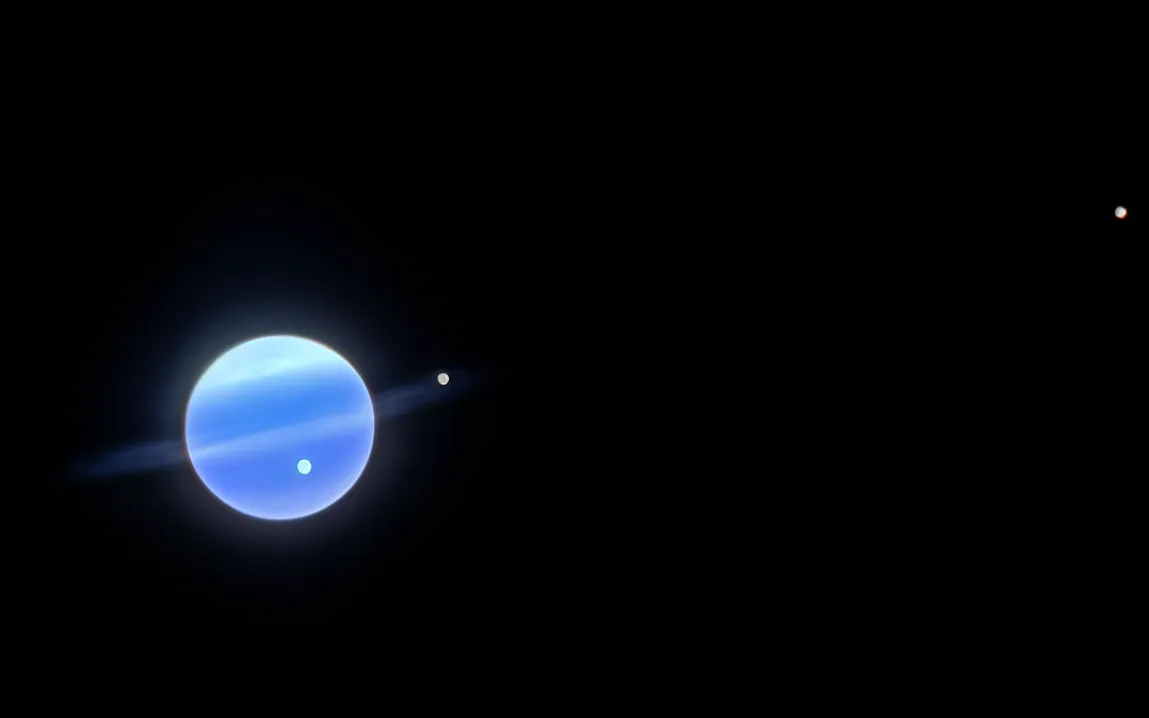Crocodiles can appear as dinosaur relics, yet their survival saga is anything but static. The ancestors of modern crocodilians survived two of the most destructive mass extinction events on Earth, and their key to survival was adaptability, according to a recent study headed by the University of Central Oklahoma (UCO) and the University of Utah.
Published in the journal Palaeontology, the research concludes that ancient crocodylomorphs, a group of animals that includes modern crocodiles, alligators, and gharials, survived mass extinctions at the close of the Triassic (about 201 million years ago) and the close of the Cretaceous (about 66 million years ago). Scientists claim the secret to their survival was not strength, but rather adaptable diets and environments.
“Lots of groups closely related to crocodilians were more diverse and abundant, but they all disappeared—except these generalist crocodilians alive today,” said lead author Keegan Melstrom, now a professor at UCO.
From rare carnivores to adaptable survivors
Early crocodylomorphs were small carnivores in the Late Triassic period. They were rare compared to other dominant species, especially within the broader group Pseudosuchia. But when a mass extinction event wiped out most pseudosuchians, the more adaptable crocodylomorphs (those able to eat a variety of foods) survived.
“Extinction and survivorship are two sides of the same coin,” said Melstrom. “Understanding how some species survived may help us protect animals today.”
As Earth changed over millions of years, crocodylomorphs didn’t just hang on; they flourished. They evolved into an astonishing array of forms: aquatic hunters, herbivores, and land-dwelling generalists.
“After that, it goes bananas,” said Melstrom of the diversification that followed the Triassic extinction.
However, by the end of the Cretaceous period, this variety began to shrink. After the meteor impact that ended the age of dinosaurs, only the aquatic generalists and carnivores remained, which were the ancestors of today’s crocodilians.
What fossils and skulls reveal about ancient diets
To understand what these creatures ate and how they lived, the research team analyzed the skulls and teeth of 99 extinct and 20 living crocodylomorph species. They examined fossil collections across seven countries and four continents. By comparing skull and jaw shapes to those of modern reptiles and mammals, they could infer the animals’ diets.
A skull built like a meat slicer pointed to a carnivorous lifestyle. Broad, flat teeth suggested herbivory. Through this approach, scientists reconstructed the dietary ecology of how and what these animals ate over 230 million years of evolution.
“We want to know what helped some groups persist,” said Randy Irmis, co-author and curator at the Natural History Museum of Utah. “If we find the same survival traits in mammals and reptiles, we may be able to make better predictions in today’s extinction crisis.”
Lessons for today’s extinction era
Earth is undergoing what many scientists refer to as a sixth mass extinction, fueled by climate change, habitat destruction, and human activity. Learning why certain species persist while others become extinct may help guide conservation efforts.
Today’s crocodilians, of which there are 26 known species, are mostly semi-aquatic generalists. They still boast flexible diets, a likely remnant of their adaptable ancestors. That flexibility may offer a slim edge in our changing world.
Adaptability is not sufficient for endangered crocodilians such as the Gharial in South Asia and the Zapata Swamp Crocodile of Cuba. They also need protection from habitat loss and hunting.
“When we see living crocodiles and alligators, rather than thinking of ferocious beasts or expensive handbags, I hope people appreciate their amazing 200+ million years of evolution,” Irmis said.
“They’ve survived so many tumultuous events in Earth’s history. They can survive more—if we let them.”



